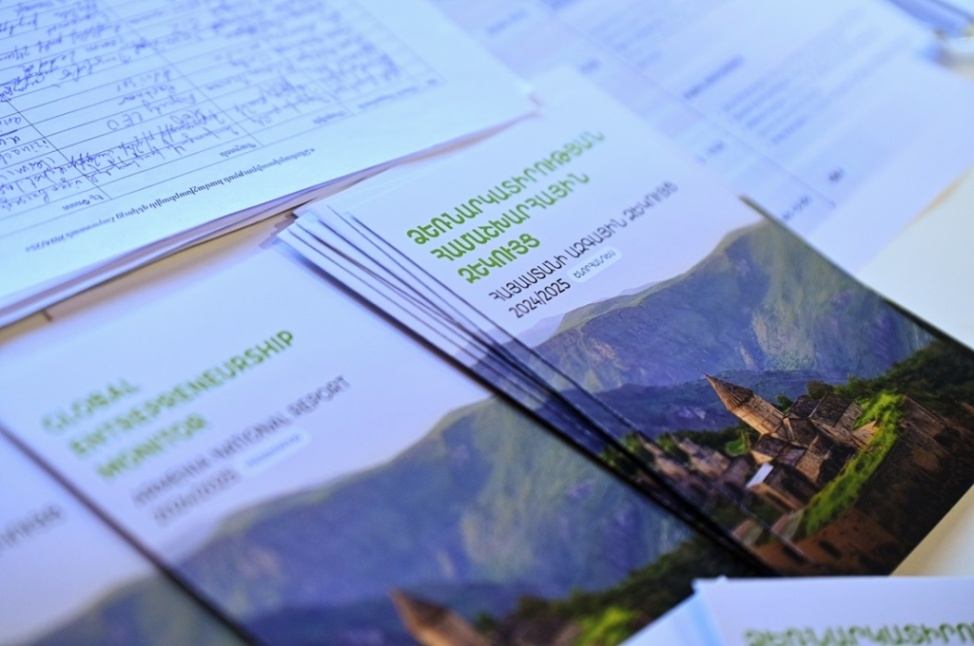President Sargsyan leaves for Russian Astrakahn for talks on Nagorno-Karabakh conflict
28.10.2010,
01:03
President Sargsyan leaves for Russian Astrakahn for talks on Nagorno-Karabakh conflict
YEREVAN, October 27, /ARKA/. Armenian president Serzh Sargsyan has left today for the southern Russian Astrakahn for a meeting with his Azerbaijani and Russian counterparts Ilham Aliyev and Dmitry Medvedev “to continue the negotiations over a peaceful settlement of the Nagorno-Karabakh conflict.”
Sargsyan’s press office said after the talks, initiated by Russian president, he is scheduled to meet with American, Russian and French chairmen of the OSCE Minsk Group.
It said also in Astrakhan the Armenian president will visit an Armenian memorial in this city and lay flowers to Armenian cross –stone together with the vicar of local St. Hripsime Armenian church, local authorities and representatives of the Armenian community. The cross-stone was erected in lieu of an Armenian church built in 1706 that was pulled down in 1930-s Sargsyan and Aliyev had their previous, sixth meeting on June 18 in Russian St. Petersburg. That meeting was also initiated by Dmitry Medvedev. Armenian and Azeri presidents had agreed to continue talks on the basis of so-called Madrid Principles, which include opening of an overland corridor between Armenia and Nagorno-Karabakh, giving it a provisional status. They say also its final status should be determined in future through a legally binding expression of its people’s will.
The conflict in Nagorno-Karabakh broke out in 1988 after the predominantly Armenian-populated enclave declared about
secession from Azerbaijan As Azerbaijan declared its independence from the Soviet Union and removed the powers held by the enclave's government, the Armenian majority voted in 1991, December 10, to secede from Azerbaijan and in the process proclaimed the enclave the Republic of Nagorno-Karabakh.
Full-scale fighting, initiated by Azerbaijan, erupted in the late winter of 1992. International mediation by several groups including Europe's OSCE’s failed to bring an end resolution that both sides could work with. In the spring of 1993, Armenian forces captured regions outside the enclave itself. By the end of the war in 1994, the Armenians were in full control of most of the enclave and also held and currently control seven regions beyond the administrative borders of Nagorno-Karabakh.
Almost 1 million people on both sides have been displaced as a result of the conflict. A Russian- -brokered ceasefire was signed in May 1994 and peace talks, mediated by the OSCE Minsk Group, have been held ever since by Armenia and Azerbaijan. -0-
Sargsyan’s press office said after the talks, initiated by Russian president, he is scheduled to meet with American, Russian and French chairmen of the OSCE Minsk Group.
It said also in Astrakhan the Armenian president will visit an Armenian memorial in this city and lay flowers to Armenian cross –stone together with the vicar of local St. Hripsime Armenian church, local authorities and representatives of the Armenian community. The cross-stone was erected in lieu of an Armenian church built in 1706 that was pulled down in 1930-s Sargsyan and Aliyev had their previous, sixth meeting on June 18 in Russian St. Petersburg. That meeting was also initiated by Dmitry Medvedev. Armenian and Azeri presidents had agreed to continue talks on the basis of so-called Madrid Principles, which include opening of an overland corridor between Armenia and Nagorno-Karabakh, giving it a provisional status. They say also its final status should be determined in future through a legally binding expression of its people’s will.
The conflict in Nagorno-Karabakh broke out in 1988 after the predominantly Armenian-populated enclave declared about
secession from Azerbaijan As Azerbaijan declared its independence from the Soviet Union and removed the powers held by the enclave's government, the Armenian majority voted in 1991, December 10, to secede from Azerbaijan and in the process proclaimed the enclave the Republic of Nagorno-Karabakh.
Full-scale fighting, initiated by Azerbaijan, erupted in the late winter of 1992. International mediation by several groups including Europe's OSCE’s failed to bring an end resolution that both sides could work with. In the spring of 1993, Armenian forces captured regions outside the enclave itself. By the end of the war in 1994, the Armenians were in full control of most of the enclave and also held and currently control seven regions beyond the administrative borders of Nagorno-Karabakh.
Almost 1 million people on both sides have been displaced as a result of the conflict. A Russian- -brokered ceasefire was signed in May 1994 and peace talks, mediated by the OSCE Minsk Group, have been held ever since by Armenia and Azerbaijan. -0-



